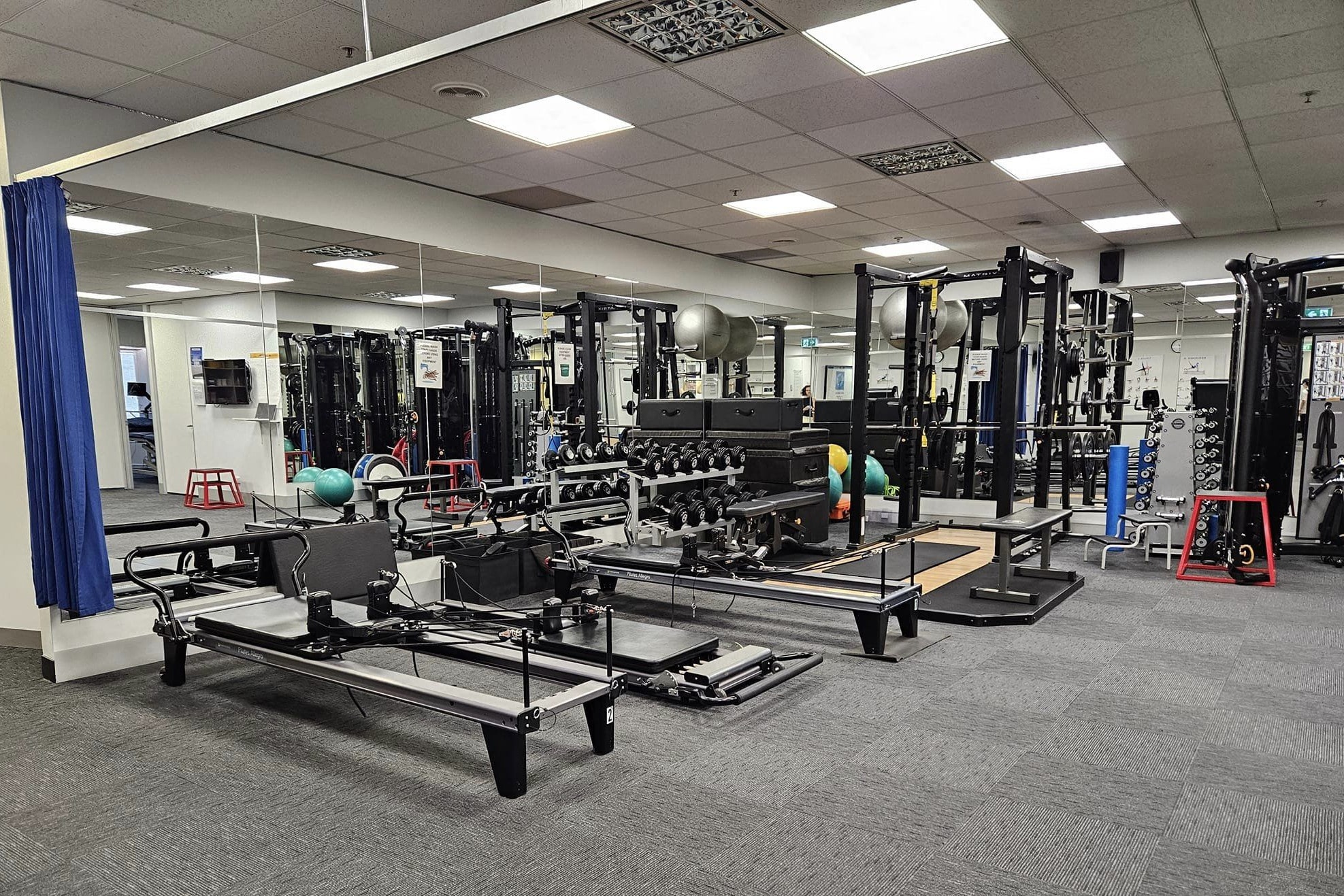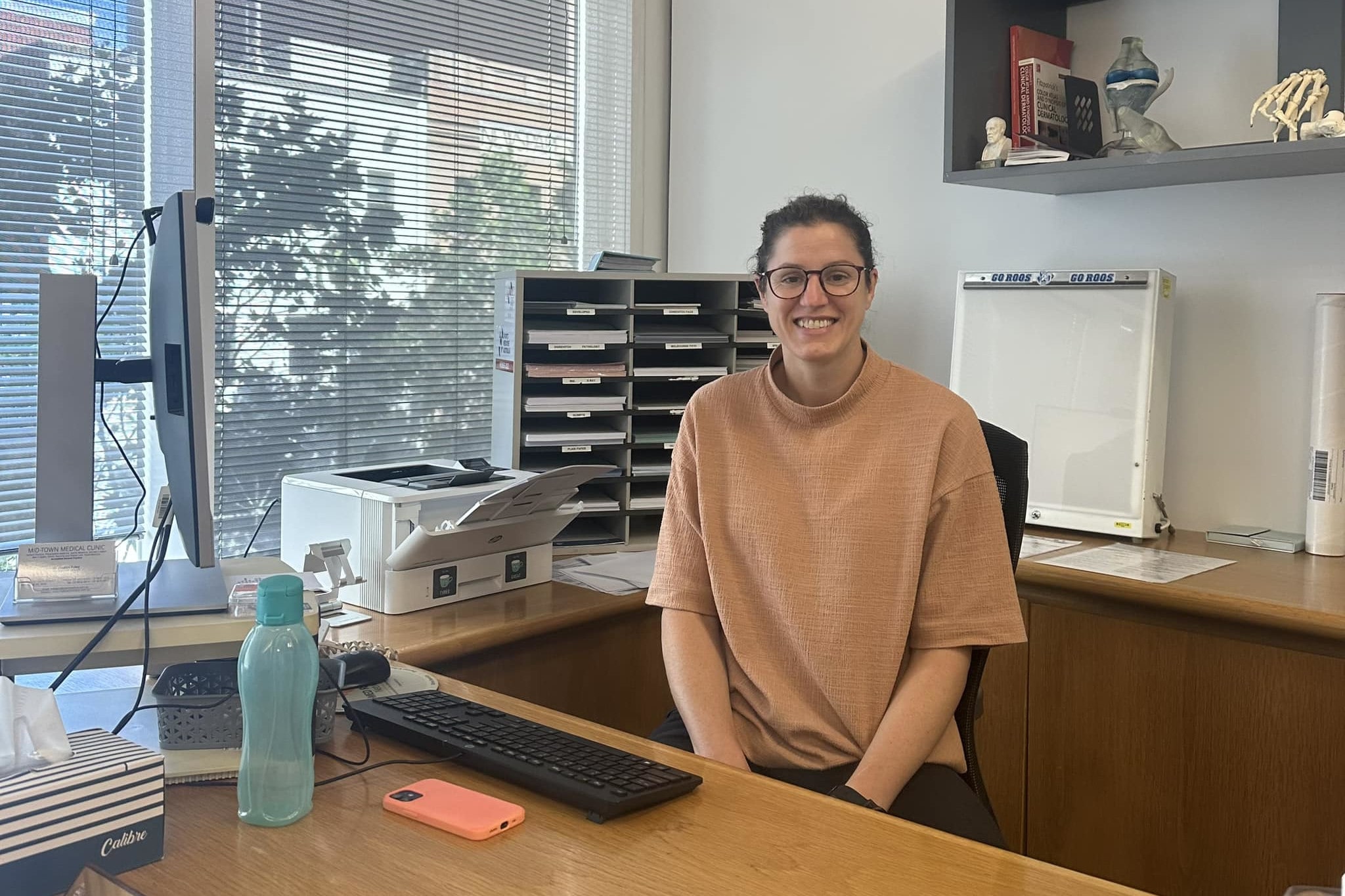Physiotherapy for the Knee
Physiotherapy for the Knee
The caring Physiotherapists at Healthcare on Collins have a special interest in providing supportive treatment for people with knee problems.
Their skills extend to the treatment of various conditions, including
- ✔ Ligament Sprains, such as Anterior Cruciate Ligaments
- ✔ Meniscus tears
- ✔ Tendon injuries, which is most commonly the Patella Tendon
- ✔ Conditions relating to the back of the knee, such as Gastrocnemius (calves) and Hamstrings
At Healthcare on Collins you can find both Physiotherapists and Sports Doctors who you can consider for mild and severe knee injury rehabilitation.

Rehabilitation Process


Step 2 – Treatment
- ✔ Hands-on techniques to mobilise the joints and muscle
- ✔ Function testing specific to your goals
- ✔ Guidance through stretching and strengthening exercises.
- ✔ Educate and learn how to manage injury yourself

Step 3 – Strengthening Stability Program

Step 4 – Multidisciplinary Care
A range of professionals ready to assist you throughout your rehabilitation are consulting from Healthcare on Collins.
Typically, podiatrists are considered to address related foot/ankle conditions.
Sports doctors can be considered for second opinions and other treatments such as injections and medication.
Myotherapist/Massage therapists to help with deep tissue massage, relaxation, and other techniques to aid with the recovery of damaged tissue.
Anatomy of The Knee
The knee is classified as a hinge joint due to its primary forward and backward movement, known as knee flexion and knee extension.
Bones
In terms of knee anatomy, the major bones involved are the femur (thigh bone), tibia (shin bone), and fibula (supporting the tibia). Sitting atop these bones is the patella, also known as the kneecap. This constitutes the bony structure of the knee.
Ligaments
The knee joint is held together by four ligaments: two collateral ligaments, namely the medial collateral ligament and the lateral collateral ligament (located on the outside), and two larger cruciate ligaments, known as the anterior cruciate ligament (ACL) and the posterior cruciate ligament (PCL), which are situated deep within the joint.
Cartilage
Within the knee joint, there are two substantial cartilage discs known as meniscus, with one positioned on the inside and the other on the outside. These discs play a vital role in cushioning forces during weight-bearing activities. Nerves and a robust blood supply are also present in this area to support the knee’s function.

Can Physiotherapists Provide Advice Regarding Knee Surgery?
Yes. With their extensive knowledge, Physiotherapists are well-equipped at providing valuable insights to patients exploring additional treatment avenues, including the possibility of surgery.
Typically, Physiotherapists are the professionals to consult with preoperatively. This is because they can help manage your expectations and enhance strength and movement, thereby increasing the likelihood of a successful outcome for your knee surgery.
This relevance is primarily tied to the level of pain experienced by the patient. In cases where the pain is manageable and the primary concern is strengthening, such as in the example of ACL rehabilitation, Physiotherapists can provide valuable advice and recommendations regarding the best course of action.

Take the First Step With Healthcare on Collins
- ✔ If someone has sustained a knee injury, Physio is recommended early in the process. Healthcare on Collins facilitates same-day appointments to provide appropriate support
- ✔ If you have concerns, please do not hesitate to call and a physio will happily discuss what are your best options. They are here to help you!
- ✔ All clinicians are tertiary qualified professionals
- ✔ The Physios provide detailed explanations and follow-up support
- ✔ Experience compassionate, comprehensive healthcare of the highest quality
Call Us
(03) 9650 4284

FAQ
How do Dietitians support Physiotherapists with knee health?
A dietitian can play a crucial role in supporting a physiotherapist’s treatment to enhance the overall knee health. These can include weight management, reduce inflammation, specific and balanced nutritional health, and hydration of joint lubrication.
By integrating nutritional support specific to knee health, a dietitian can enhance the effectiveness of physiotherapy interventions and contribute to a more holistic approach to managing knee-related issues.
Can I undertake the GLAD program at Healthcare on Collins?
Yes. You can undertake the GLAD program at Healthcare on Collins, certain staff members are qualified to offer the program.
If you are considering that route, you would have to go through a general practitioner to provide a referral.
